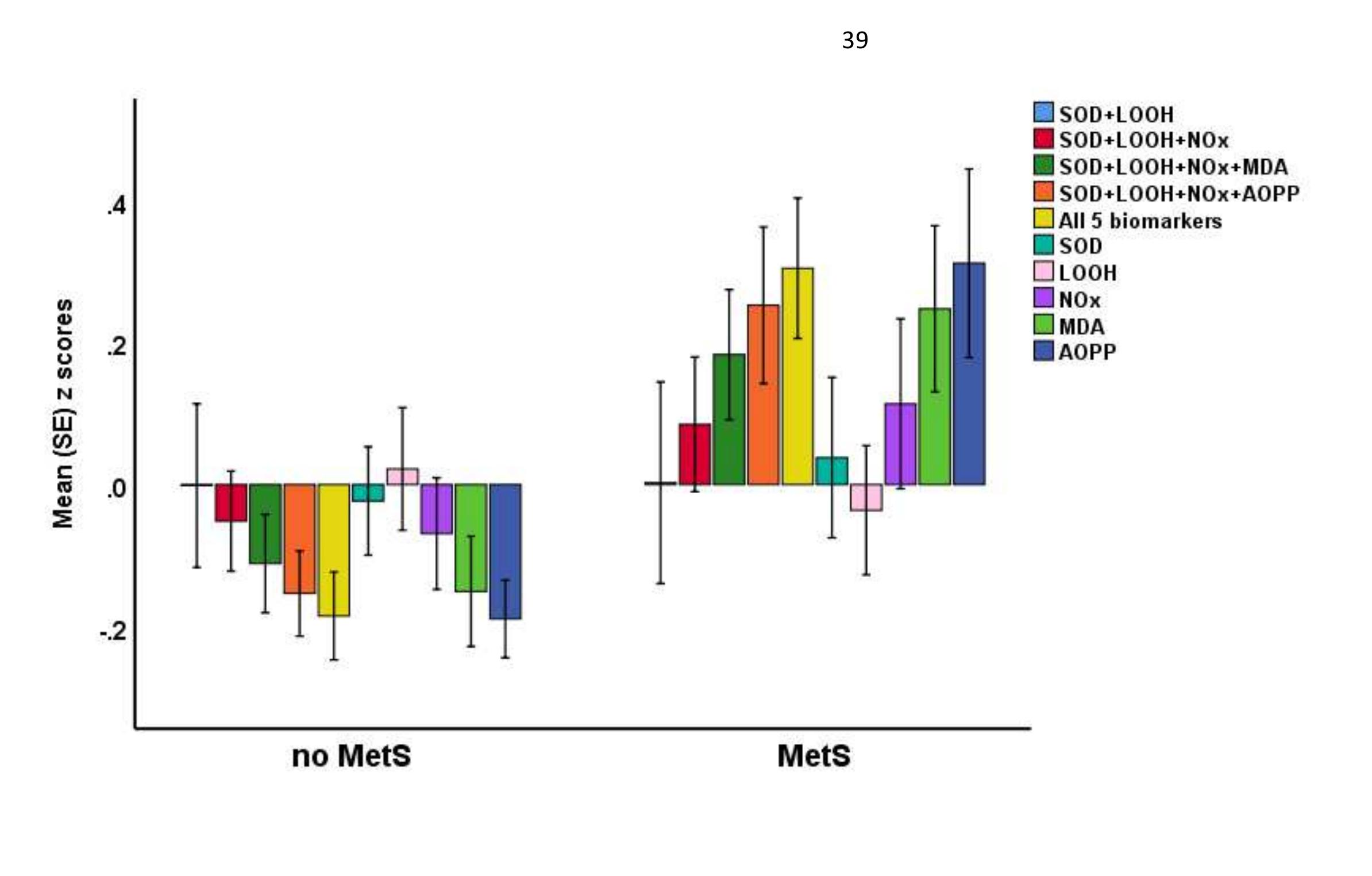Key research themes
1. How do oxidative and nitrosative species mediate both cellular signaling and damage under stress conditions?
This research theme investigates the dual role of reactive oxygen and nitrogen species (RONS), including reactive oxygen species (ROS) and reactive nitrogen species (RNS), in cellular physiology. It focuses on their production, regulatory mechanisms, molecular targets, and how their levels determine outcomes ranging from beneficial signal transduction to deleterious oxidative and nitrosative damage. Understanding this balance is critical for elucidating mechanisms underlying aging, diseases, and cellular stress responses.
2. What are the biochemical and molecular mechanisms underlying nitrosative stress and hypernitrosylation contributing to pathology?
This theme explores how excessive production or dysregulation of reactive nitrogen species leads to altered protein nitrosylation patterns (hypernitrosylation), inactivation of redox regulatory enzymes, and formation of immunogenic nitrosylated protein adducts. It addresses enzymatic and non-enzymatic processes disrupting cellular redox homeostasis, contributing to neuroprogressive disorders, autoimmune responses, and cellular dysfunctions linked to chronic nitrosative stress.
3. How can antioxidants and nitric oxide modulation mitigate oxidative and nitrosative stress in biological systems, particularly in plants and humans?
This research theme addresses the protective roles of antioxidants and nitric oxide (NO) in buffering oxidative and nitrosative stress in both plant and human physiological contexts. It emphasizes antioxidant enzymatic and non-enzymatic systems’ regulation, NO’s dual functions as a signaling molecule and stress mitigator, and the biochemical pathways by which exogenously applied or endogenously produced antioxidants and NO donors improve stress tolerance and ameliorate damage in pathological or environmental stress conditions.











